If you spend any time on the internet, you may have seen photos of quaint, ivy-covered homes surrounded by a field of wildflowers in the middle of the countryside. You might also be noticing people redecorating their homes to have green themed kitchens and living rooms filled with floral furniture. Suddenly, your grandmother’s house looks – cool?
The cottagecore aesthetic, also known as countrycore or farmcore, is all the craze and is centered around romanticizing rural cottage living and harmony with nature. This design trend, which incorporates nostalgia and charm, can be seen throughout pop culture from the cover of Taylor Swift’s “Folklore” album to the set of the Golden Globe nominated movie, “Little Women.”
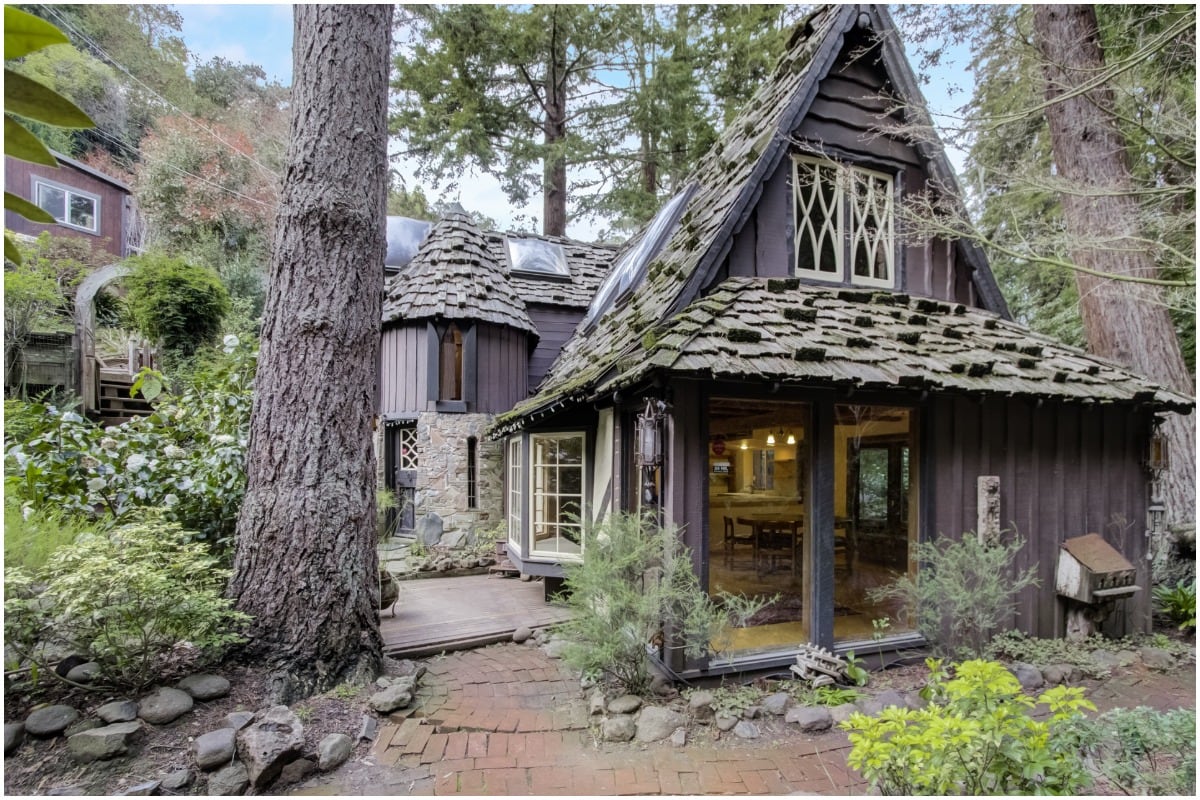
What is the cottagecore aesthetic and why did it become popular?
Cottagecore places an emphasis on returning to simpler times and engaging in wholesome pastimes like crafting, gardening, and baking. This past year many people have begun to pick up new hobbies that they previously never had time for. This longing to create a calming atmosphere for one’s craft has contributed to the popularity of cottagecore. Some things you will see in any cottagecore inspired home are mismatched furniture, floral walls, lace tablecloths, and earth tones.
Whether you currently live in Baltimore, MD or Vancouver, BC – you won’t have to move to the English countryside to be included in this trend. Here are four easy ways you can incorporate the cottagecore aesthetic into your home.
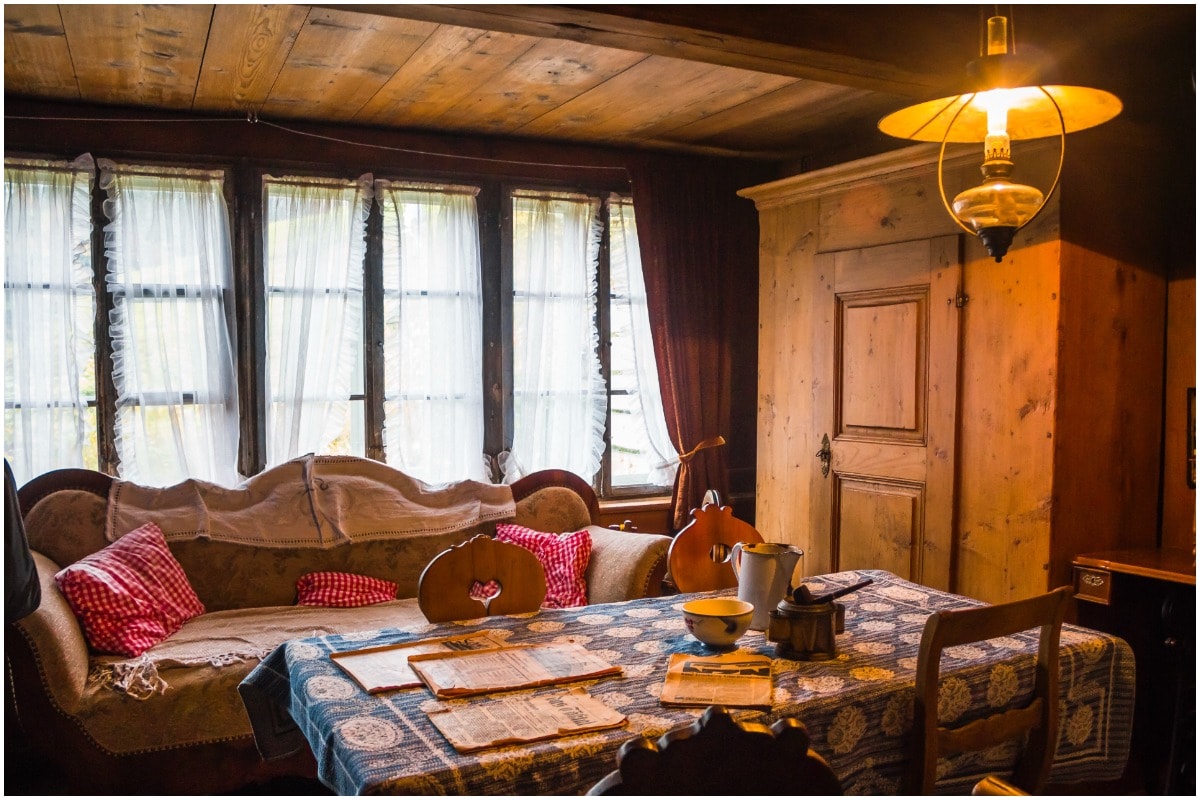
How to achieve cottagecore aesthetic
1. Experiment with color and patterns
One of the best aspects of cottagecore is that everything doesn’t have to match and nothing is off limits. Designing with the cottagecore aesthetic in mind helps create a space that feels cozy and lived in. You can achieve this by using a cottagecore color palette and blending earth tones such as rust, marigold, and navy with different patterns and textures. Try pairing old crushed leather curtains with a thrifted wicker table and a floral couch – the more eclectic the better.
2. Take advantage of handmade textiles
Simplicity is the foundation of cottagecore, so opt out of buying mass produced textiles to decorate your home and instead focus on designing with items that contain unique patterns, textures, and personality. Below are some examples of handmade textiles you can highlight in your home.
Hand woven rugs – A hand woven rug can tie a room together by adding a layer of depth and warmth – two essential aspects of the cottagecore aesthetic. A hand woven rug also gives you the option to experiment with different shapes and sizes compared to traditional rugs. You can choose to go with a larger rug that makes a statement or a smaller rug that supports the rest of the room.
Artwork – Choosing well thought out, locally sourced art pieces will bring your cottagecore aesthetic to the next level. Instead of choosing traditional painted artwork, go with a hand woven piece. These types of artwork bring texture and personality to a space that are not typical of most homes. You can shop for these at a local flea market or commission a local artist to create a custom piece just for you.
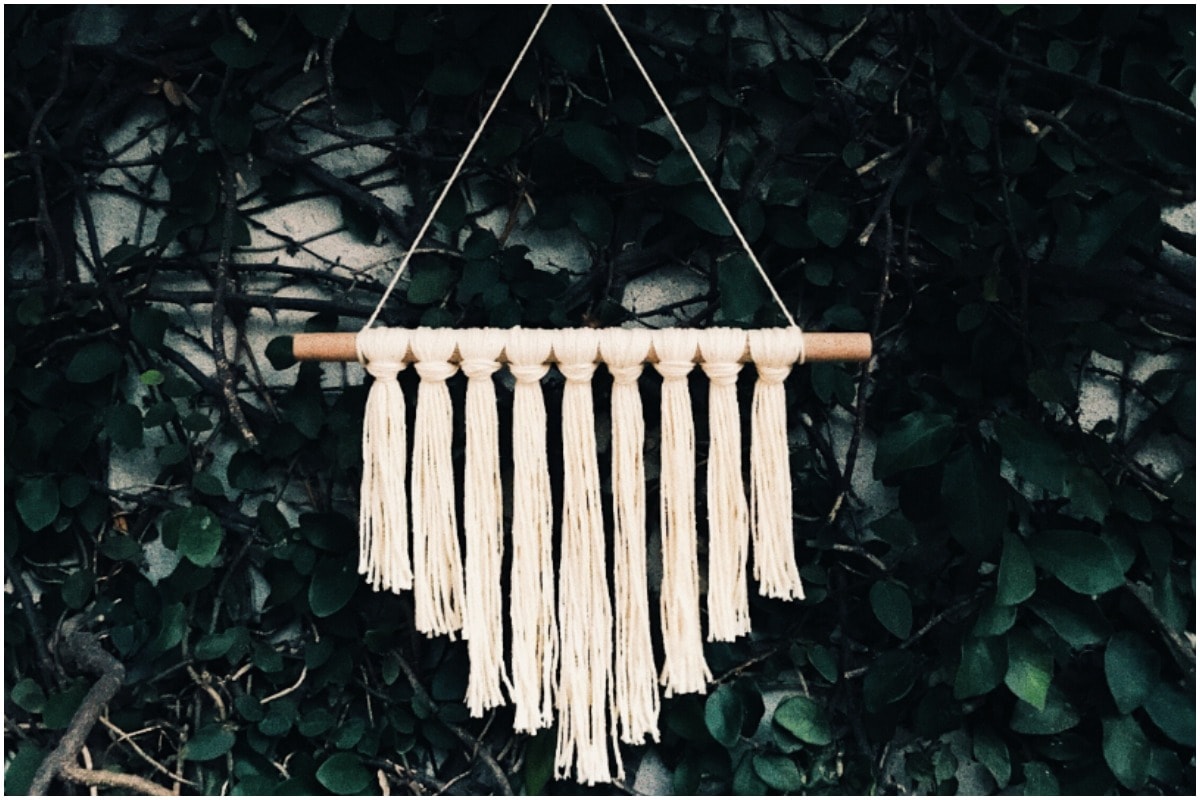
Homemade knitted textiles – Implementing the cottagecore aesthetic into your home is the perfect excuse to pick up a new hobby like knitting, crochet, or macrame to add your own personal touch to your space. You can fill your home with hand knitted blankets, hand towels, pillows, and coasters for an artisan look.
3. Let the walls talk
When designing with the cottagecore aesthetic in mind, wallpaper is a must. Achieve the look by creating a statement wall that features a beautiful patterned floral or nature-filled wallpaper. Many wallpapers are easy to install and can be easily removed if you decide to change your style in the future.
If wallpaper is not your thing, simply change the paint color on accent walls to elevate your space. As mentioned above, you’ll want to stick to the cottagecore palette of earth tones. Colors such as forest green and terracotta will give your space the restful, warm feel that is so important in cottagecore.
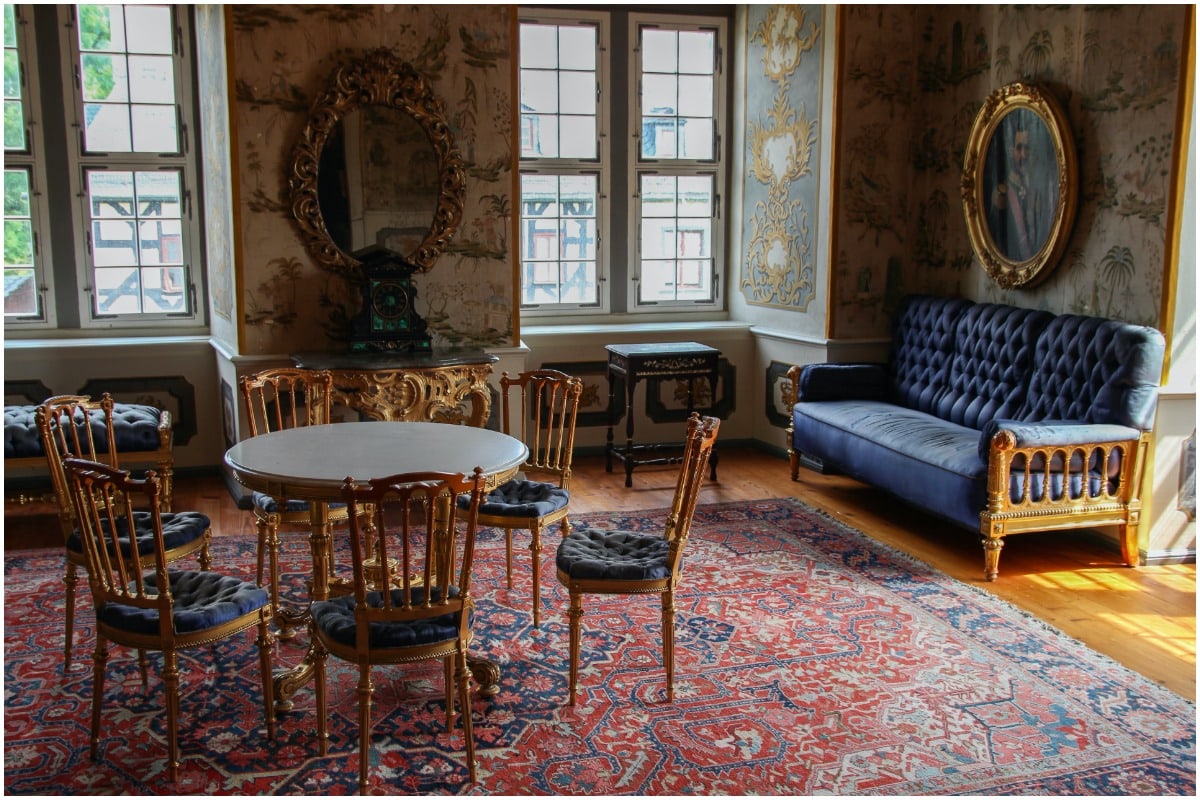
4. Make your home smell like a real cottage
You don’t have to start with a big project to bring in the cottagecore feel. Incorporating scented candles is a great first step to achieving cottagecore in your home.
Go with a natural scent organic and soy candles that smell like sage, forest oakmoss, or fresh rain to help a room feel relaxed and calm. You could also try floral scents such as lilac, rose, or wildflowers, or sweet scents like honeysuckle and cinnamon apple pie. No matter what you choose, the key to cottagecore is having something that makes you feel at home.
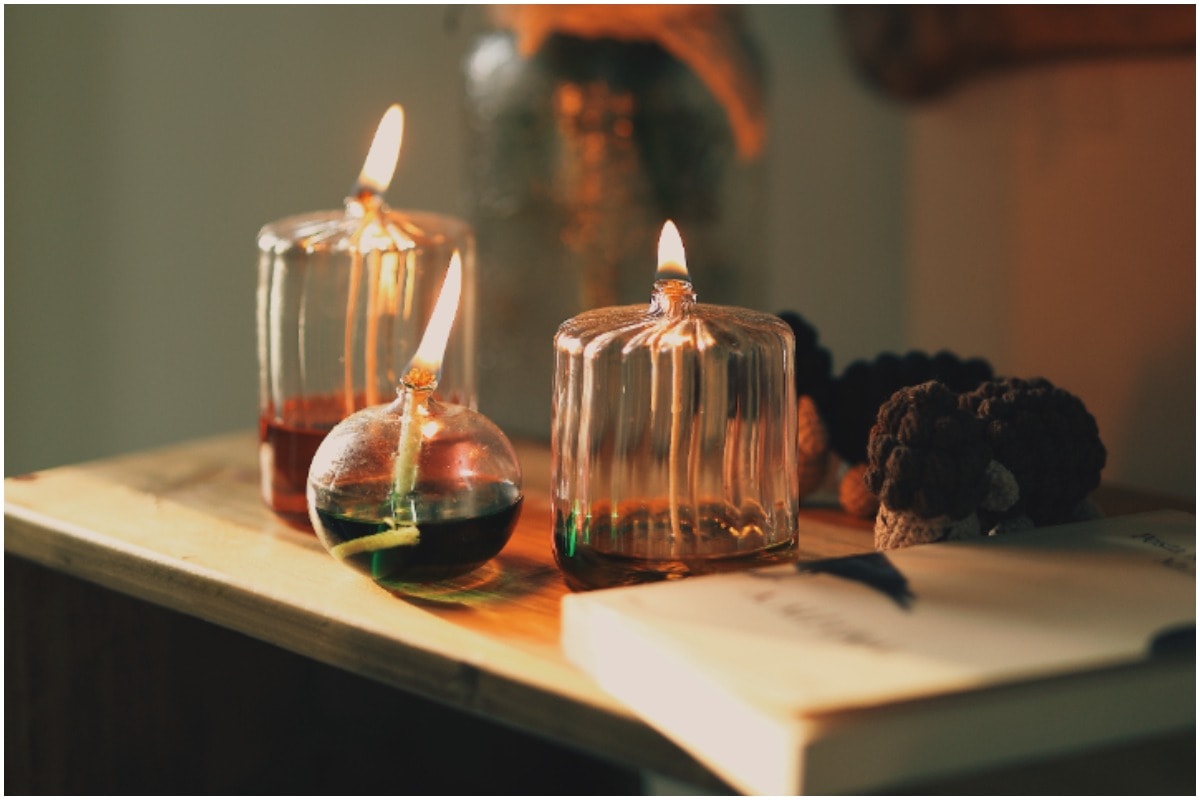
Remember, with cottagecore it is important to create a space where you feel the most comfortable. Whether you choose to completely renovate a room or light a sage candle, make sure to make the space your own and you won’t go wrong in achieving the cottagecore aesthetic.
The post How to Achieve the Cottagecore Aesthetic: 4 Tips to Follow appeared first on Redfin | Real Estate Tips for Home Buying, Selling & More.
